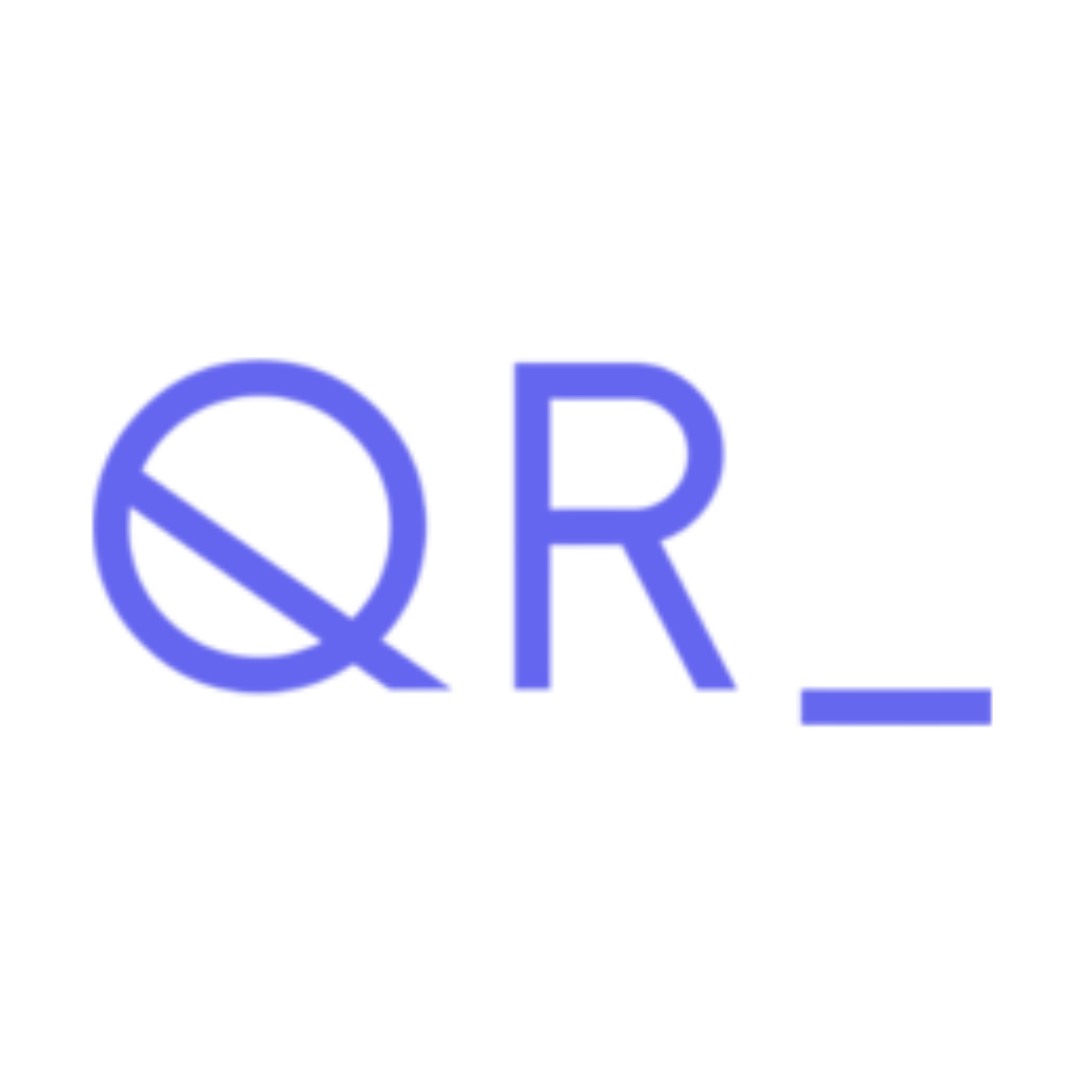Building Smarter Automotive Tools with AI-Powered BOM Validation
How MOHARA partnered with Quick Release to develop a next-generation platform that helps engineers validate complex product data faster, earlier, and more accurately.
Client Background
Quick Release is a global consultancy specializing in Product Data Management (PDM) and Product Lifecycle Management (PLM). Since its founding in 2003 by Rob Ferrone and Adam Grant, later joined by Adam Blomerley, the company has grown from a contract-led team of "Excel power users" into one of the most trusted names in engineering data.
With 350+ experts, operations across seven countries, and more than 4 million hours of PDM experience, Quick Release has supported over 150 complex product launches. Their consultancy is known for helping some of the world's leading automotive firms bring order to chaotic product data. The next challenge: automating the burden of BOM (Bill of Materials) validation, where even small errors can have costly consequences.

The Challenge
In automotive manufacturing, the BOM is more than a spreadsheet, it's the backbone of production. Any inaccuracies risk downstream procurement delays, compliance failures, or full-blown production errors. Despite years of experience, engineers were still spending too much time combing through documentation manually, line by line.
With data volumes growing and vehicle systems becoming more complex, Quick Release saw an opportunity to embed AI into their processes. Their question: could large language models help engineers spot anomalies earlier, reduce manual workload, and prevent costly rework before it began?
Objectives
Quick Release set out to:
- Build an intelligent tool to assist engineers with BOM validation
- Standardize validation practices across global teams
- Reduce manual review time without sacrificing quality
- Ensure scalability and security in high-stakes, regulated environments
The vision wasn't to replace engineers, but to give them smarter, AI-assisted workflows that amplified their expertise.
The Solution
Quick Release partnered with MOHARA to design and deliver an initial PoC that combined AI innovation with engineering rigor.
What we delivered:
Django Backend with an Excel Add-In Interface
Custom-built for easy integration with existing engineering use cases
AI Integration
OpenAI models called via the Langchain framework to interpret BOM data and highlight anomalies
Deeper Insight
By including the AI analysis of natural language product specifications and even engineering diagrams, previously undetected issues could be surfaced
Human-in-the-Loop Workflows
Ensuring engineers remained in control while reducing repetitive review tasks
Enterprise-Grade Security
Scalable architecture designed for global deployment across regulated industries
The result was the demonstration of an AI-powered assistant that could work alongside Quick Release consultants and client engineering teams, making BOM validation faster, more consistent, and more reliable.
Results
Early experiments are already demonstrating measurable benefits:
- Significant reduction in manual review time for large BOMs
- Improved accuracy, flagging issues that might otherwise be missed in dense documentation
- Standardized validation practices across dispersed engineering teams
- A foundation for future AI-driven enhancements in PDM and PLM workflows
For Quick Release, the platform represents more than a tool. It's a strategic step toward embedding intelligence into the product development lifecycle, helping engineers work smarter, not harder.
Why MOHARA
Quick Release needed a partner who could bridge the gap between AI innovation and enterprise-scale engineering systems. MOHARA provided the product thinking, engineering expertise, and technical delivery to bring their vision to life.
By combining practical AI integration with robust product development, MOHARA helped Quick Release create a scalable platform that keeps them ahead in a fast-moving industry.